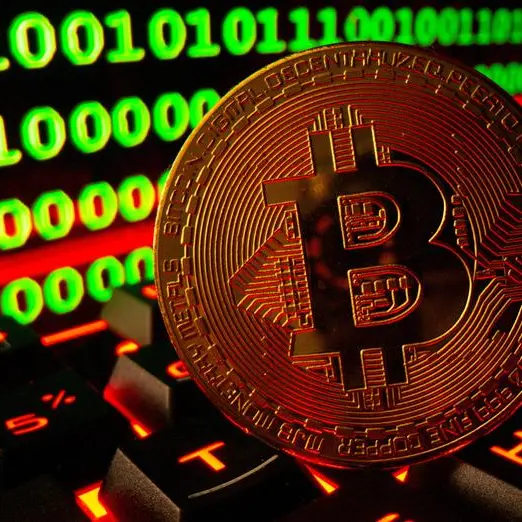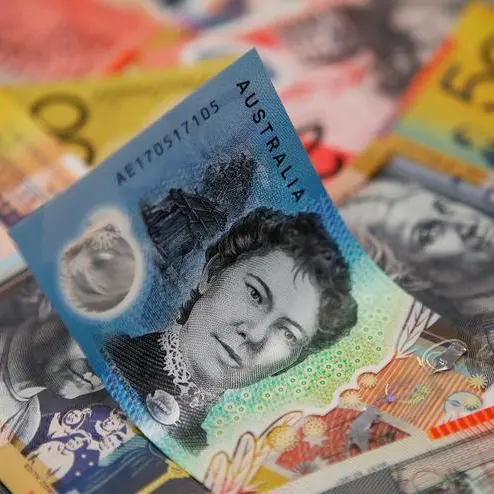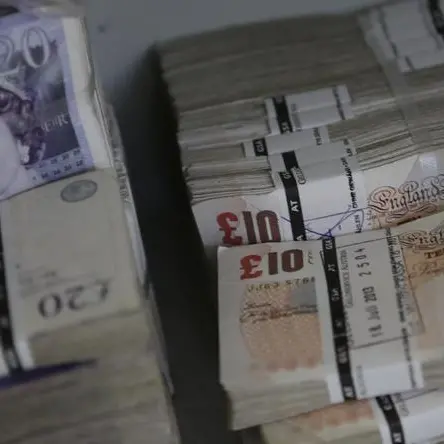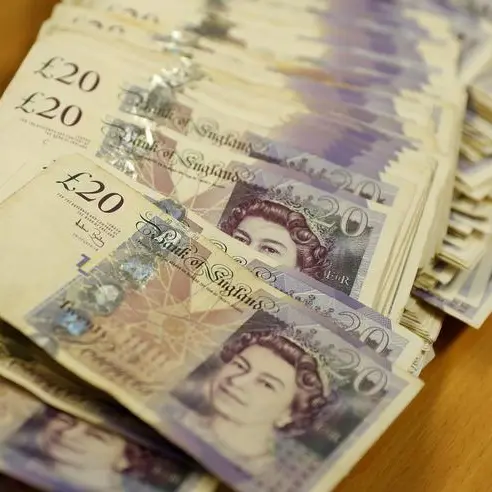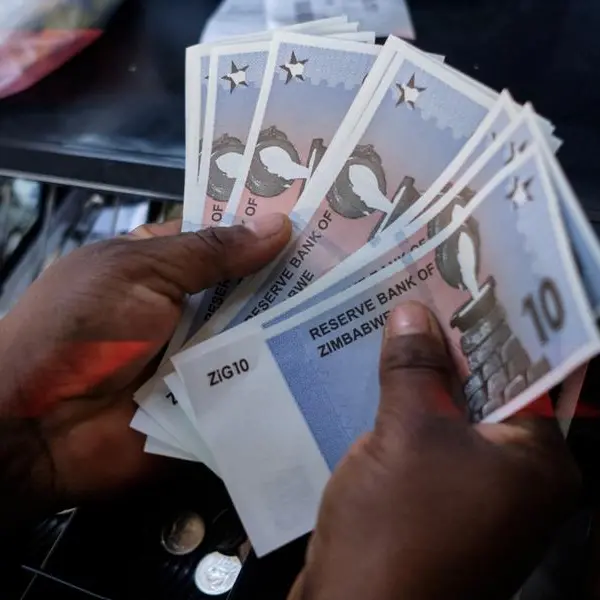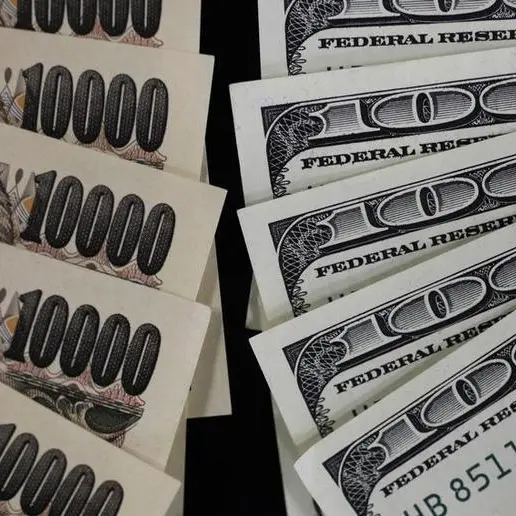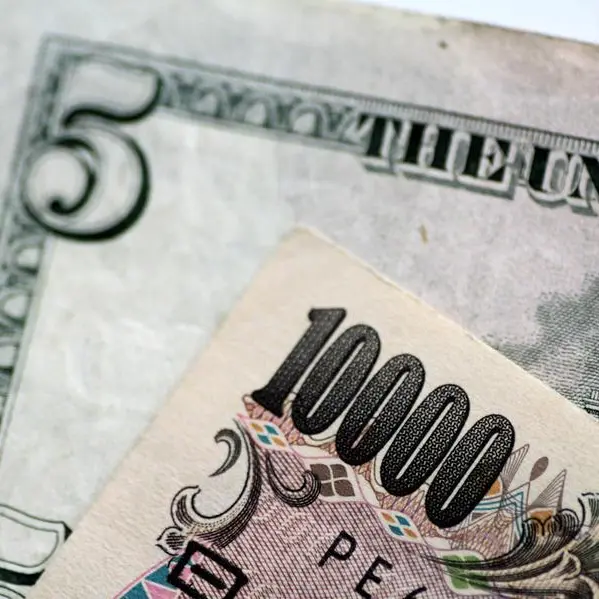PHOTO
LONDON - The dollar was broadly steady on Monday as investors awaited further clues to help chart the U.S. interest rate path in the wake of cautious comments from Federal Reserve officials, even as inflation shows signs of cooling.
The euro was little changed at $1.0871, not far from the nearly two-month high of $1.0895 it touched last week. It is up 2% so far in May, boosted by a fall in the dollar on the back of softer U.S. growth and inflation data as well as a pick-up in the euro zone economy.
Data last week showed U.S. consumer prices rose less-than-expected in April, leading to markets pricing in 50 basis points of Fed rate cuts this year. Yet various Fed officials subsequently sounded words of caution about when rates may fall, prompting market pricing to fall just below the 50 bp mark.
The dollar index, which tracks the currency against six major peers, was last very slightly higher on Monday at 104.49. It has fallen around 2% since hitting a more than five-month high in April.
Neil Jones, who works in financial institutions FX sales at currency services firm TJM FX, said a "barrage" of speeches from Fed officials will keep investors alert this week.
"If the market trends quite firmly in one direction or the other (on interest rate cut bets), then the tendency of Fed speakers is to act somewhat contrarian in their commentary," he said.
Four Fed speakers, including Atlanta Fed President Raphael Bostic, are due to speak on Monday. Markets will also focus on minutes of the Fed's last meeting due on Wednesday. Survey-based gauges of the economy for the euro zone, Germany, the UK and the U.S. are also due this week, alongside more central bank speeches.
Elsewhere, sterling touched a two-month high of $1.2711, and was last just below that level, ahead of a UK inflation report due on Wednesday.
The Japanese yen was flat at 155.73 per dollar, with traders on alert for any signs of government intervention. The currency has moved in tight ranges in the past couple of trading days after a tumultuous start to May in the wake of suspected rounds of currency interventions by Tokyo to prop up the yen.
Jones also said he expects the rally in gold and copper to support the currencies of commodity-exporting countries such as Australia in the coming months.
The Australian dollar was flat on Monday at $0.669 but has risen 3.4% this month, in part because Australian inflation has remained stubbornly high.
Tight supply, sustained global demand and big bets by speculators have sent copper prices soaring in recent weeks.
Oil prices were slightly higher on Monday after a helicopter crash killed the president of Iran, while Saudi Arabia's king faces health issues, raising the prospect of more instability in the Middle East.
(Reporting by Harry Robertson in London, additional reporting by Ankur Banerjee in Singapore; Editing by Jamie Freed, Shri Navaratnam and Sharon Singleton)

